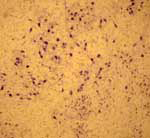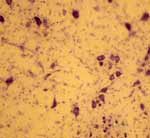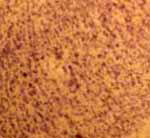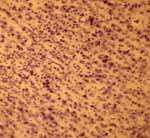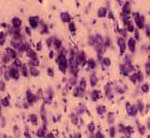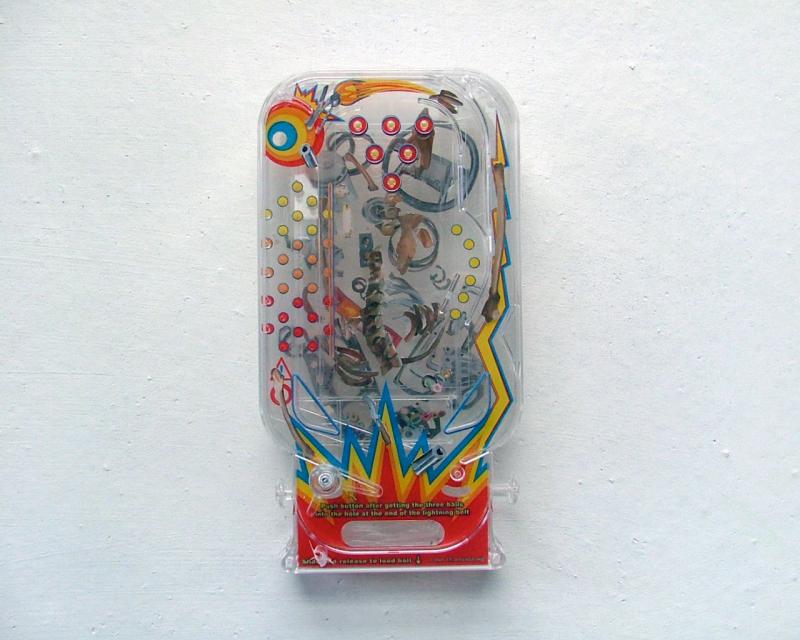
(photo: Anne Dalke)
Learn a little more about the people who are a part of The Breaking Project's community.
As Ursula Le Guin says in The Dispossessed, we are "Members of a community, not elements of a collectivity" and "there [are] as many emotions [here] as there [are] people." If you are interested in submitting a piece to the project, please visit this page for more information.
Community
Alice Lesnick -- As a teacher and writer, I am interested in collaboration and change. I serve as director of the Bryn Mawr/Haverford Education Program at Bryn Mawr College. I am exploring what it means to begin with the idea that, in Bharath Vallabha's terms, "every individual is at the cutting edge of the universe."
Elizabeth Catanese is a visual artist, poet and teacher who is working to live honestly and authentically and connect with the creative energy of others.

 © Serendip® 1994 - All rights reserved. Privacy Policy
© Serendip® 1994 - All rights reserved. Privacy Policy
